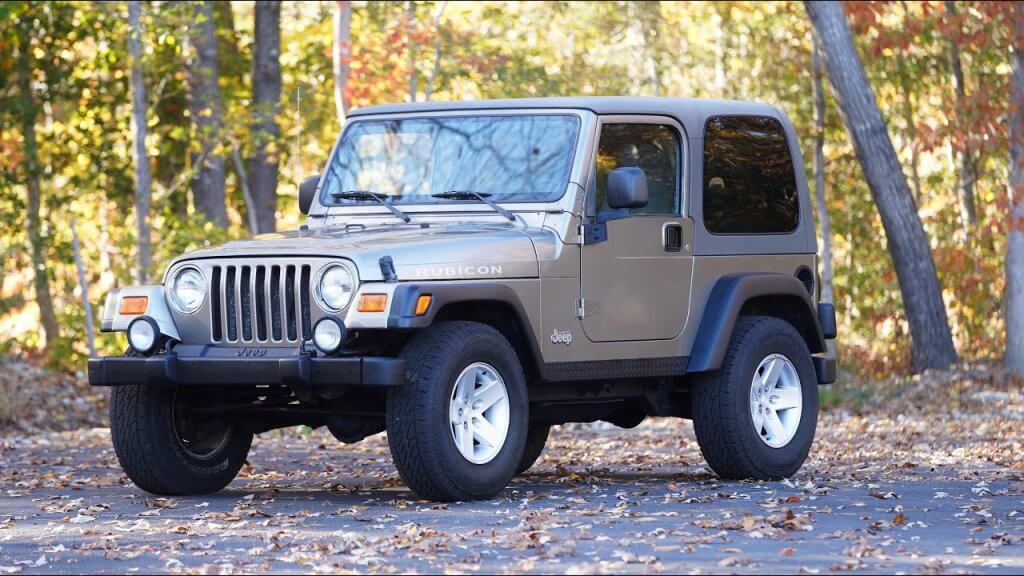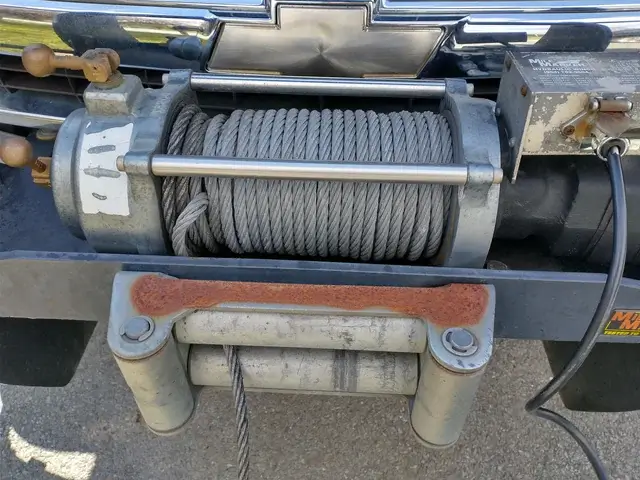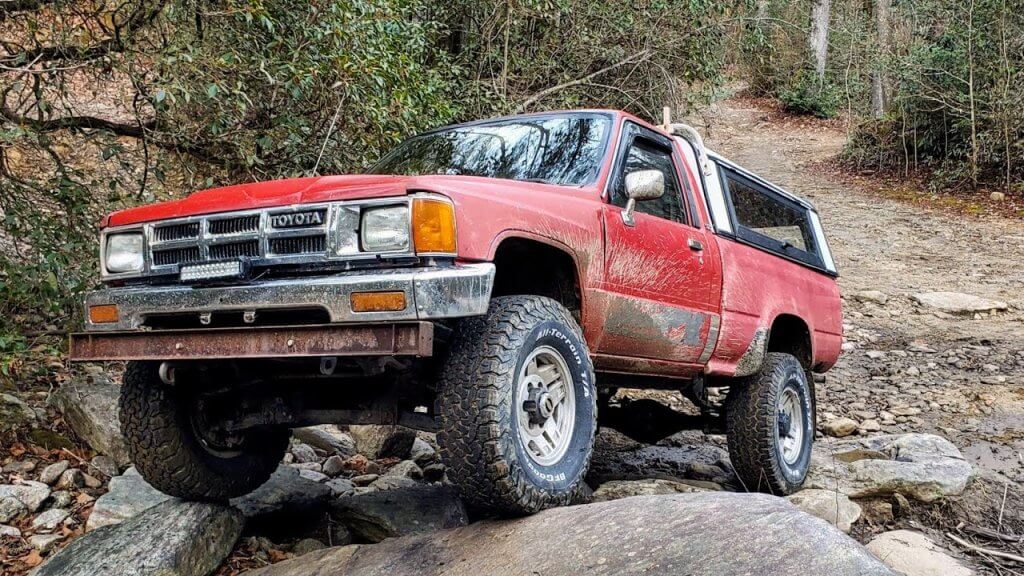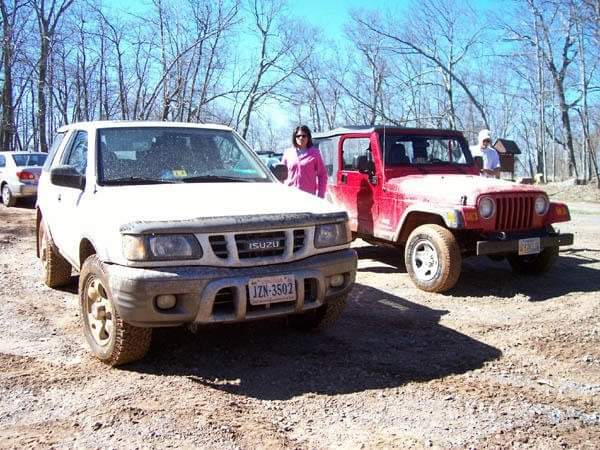A quarter of a century ago, off-roading was a pure test of driver skill, mechanical grit, and a good dose of stubbornness. The Jeeps, Toyotas, and Broncos of the late 1990s and early 2000s were capable, but they demanded constant attention and a willingness to get your hands dirty—literally. If you got stuck, you relied on a shovel, a buddy with a winch, and maybe a worn-out paper map shoved in the glove box. There was no “push a button and unlock all four wheels” magic.
Off-Roading 25 Years Ago: Built by Hands, Guided by Instinct
Back then, a Jeep Wrangler or Toyota Land Cruiser came with solid axles, mechanical four-wheel-drive levers, and maybe—if you were lucky—a limited-slip differential. Lockers were rare and often aftermarket add-ons that required serious installation work. Trail navigation meant paper topo maps or word-of-mouth directions. Spotting a good trail was about knowing someone who knew someone, and trip planning often involved CB radios, trail logs, and “hope for the best” weather forecasting.
Even something as simple as airing down tires required a manual gauge and patience. Vehicle reliability was good for the time, but overheating, carburetor flooding, or electrical gremlins could turn a fun Saturday into a long hike out for help. It wasn’t uncommon to see a convoy pulled over while a driver adjusted timing or patched a radiator hose with duct tape.

Today’s Off-Roading: Capability at Your Fingertips
Fast forward to today, and the same names—Jeep, Toyota, and now Ford Bronco—are still leading the pack, but the trucks and SUVs rolling out of factories are equipped with technology that off-roaders of the past could only dream about.
Modern rigs can be ordered with factory-installed locking differentials, hill-descent control, sway-bar disconnects, and traction-management systems that optimize torque for mud, sand, or rock with the twist of a dial. GPS mapping, once an expensive luxury, is now built into dashboards or available through free and paid apps like OnX Offroad and Gaia GPS. Real-time satellite imagery lets drivers plan routes, track progress, and even share live location with friends and family.
Smartphone apps replace the CB chatter of old, offering group communication, weather alerts, and trail updates in seconds. Tire deflation kits can air down four tires at once, and compact portable compressors make reinflating just as quick. Even recovery gear has evolved—synthetic winch lines, lightweight shackles, and kinetic recovery ropes have replaced heavy, rust-prone steel cables.

The Trade-Off: Skill vs. Convenience
While modern technology makes off-roading more accessible, it also changes the skill set needed. In the past, drivers had to know the mechanical ins and outs of their vehicle and be comfortable with hands-on problem-solving. Today’s rigs can mask inexperience—until something electronic fails far from the pavement. The best off-roaders balance both worlds: they use technology as a tool but keep the old-school know-how alive.

Virginia Off-Road: Bridging the Generations
At Virginia Off-Road, we celebrate both eras. We know that the thrill of conquering a trail isn’t just about the machine—it’s about the driver’s connection to the land, the community, and the adventure. Our members range from seasoned veterans who cut their teeth on carbureted Jeeps to newcomers whose first rig came with crawl mode and a backup camera.
We host events, share trail resources, and encourage safe, responsible riding—whether you’re navigating with a paper map or a tablet. Our goal is to make sure the skills of the past and the technology of today work hand-in-hand to keep Virginia’s off-road heritage alive for the next 25 years and beyond.
Because no matter how the tools change, one thing remains constant: the call of the trail.
Off-Roading: Then vs. Now
| Feature / Experience | 25 Years Ago (Late 1990s–Early 2000s) | Today (2025) |
|---|---|---|
| Vehicles | Jeep Wrangler TJ, Toyota Land Cruiser 80/100 Series, Ford Bronco (Early models before hiatus) | Jeep Wrangler JL/JLU, Toyota 4Runner / Land Cruiser 300, Ford Bronco (6th Gen) |
| 4WD Engagement | Manual lever or locking hubs | Push-button or dial-controlled electronic transfer case |
| Locking Differentials | Rare, mostly aftermarket mechanical lockers | Factory-installed front/rear lockers with electronic control |
| Suspension | Solid axles, basic shocks; upgrades required for serious trails | Advanced suspension tuning, electronic sway-bar disconnects, adaptive dampers |
| Trail Navigation | Paper topo maps, compass, CB radio for comms | GPS dashboards, OnX Offroad, Gaia GPS, satellite messaging |
| Recovery Gear | Steel winch cable, Hi-Lift jack, heavy steel shackles | Synthetic winch rope, soft shackles, kinetic recovery ropes |
| Tire Management | Manual gauge & slow valve deflation | Multi-tire deflation kits, portable air compressors |
| Weather Awareness | Local forecast before trip—hope for the best | Real-time radar & alerts via phone apps |
| Driver Skill Needs | High—mechanical troubleshooting, map reading, self-recovery skills essential | Lower entry barrier—electronics assist, but old-school skills still critical if tech fails |
| Community Connection | In-person clubs, word-of-mouth trail info | Social media groups, live trail condition updates, digital memberships (like Virginia Off-Road) |




No responses yet